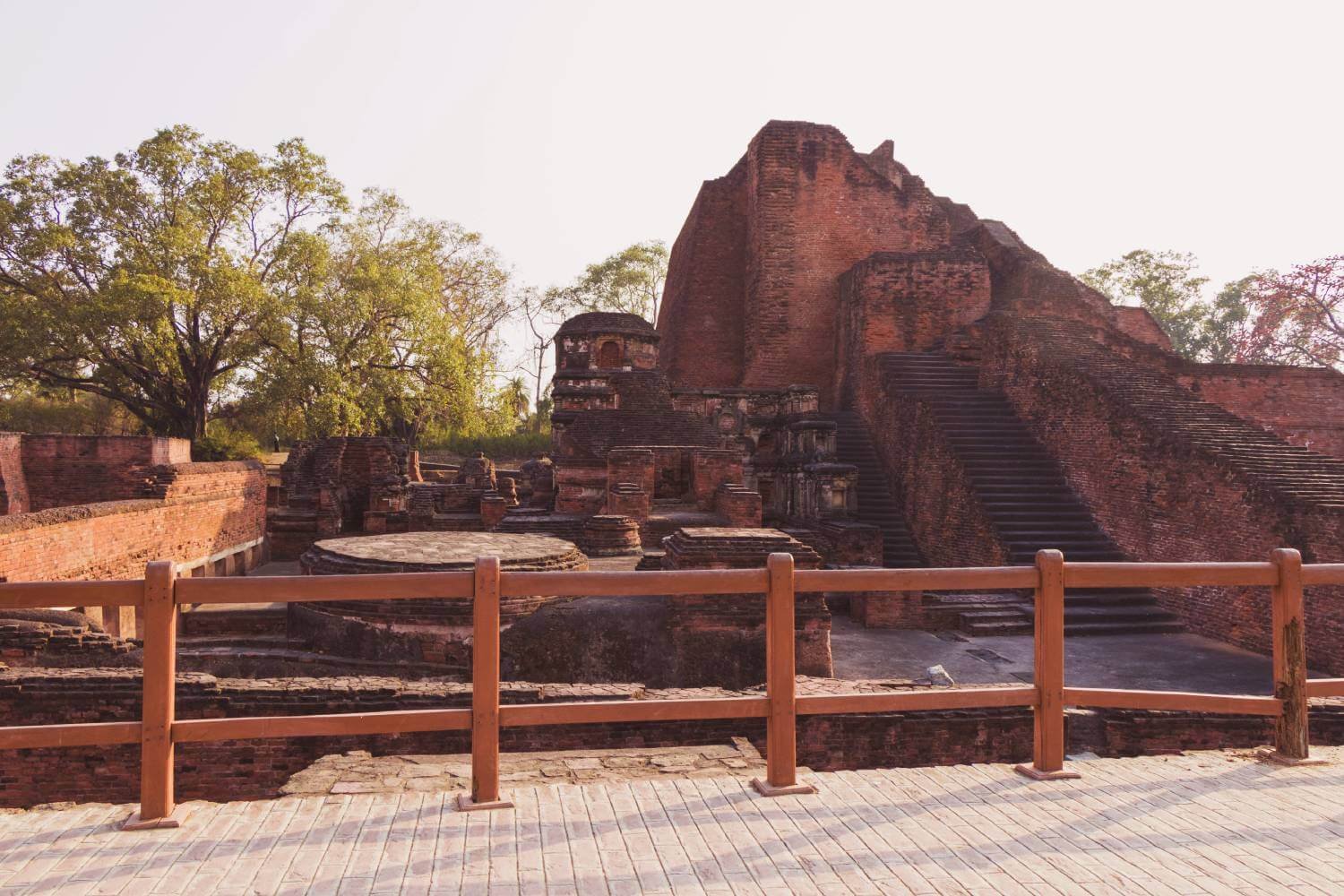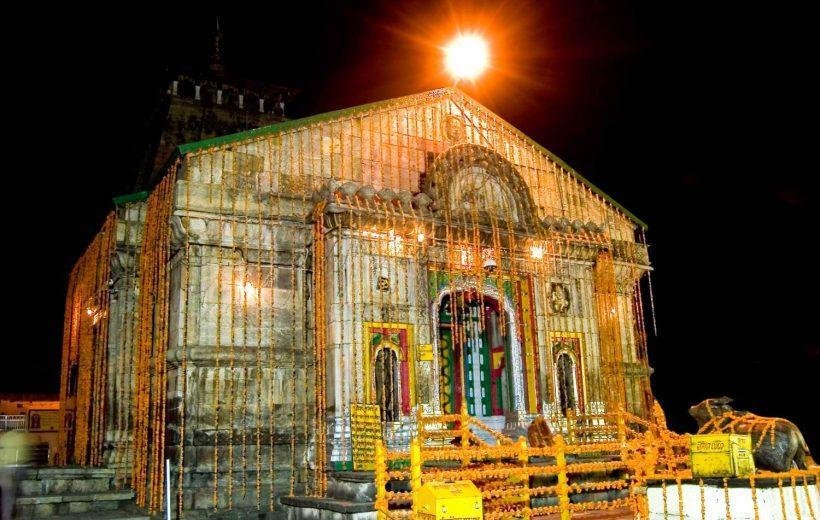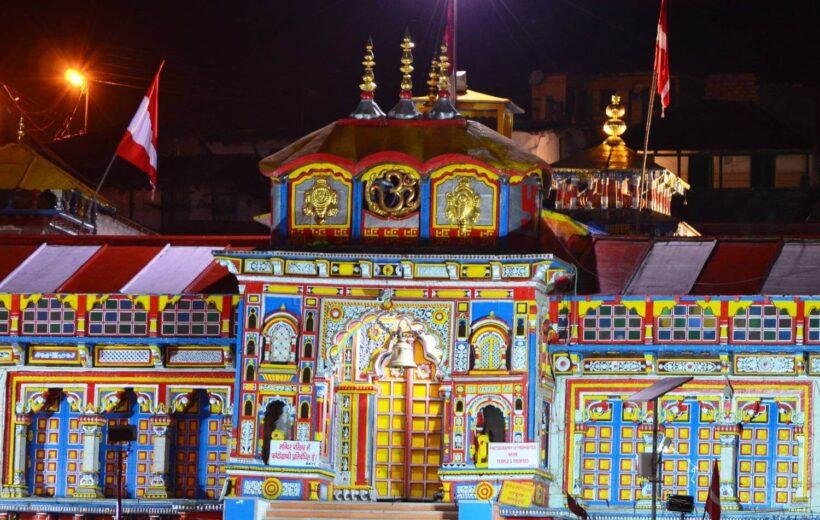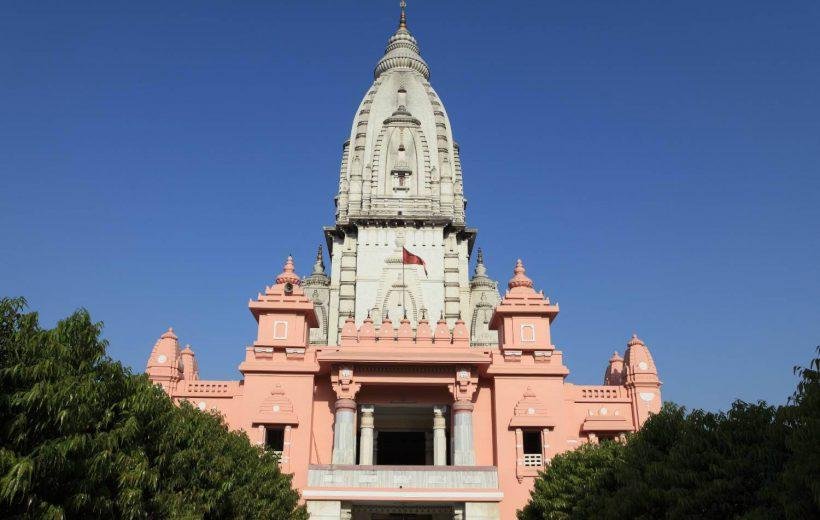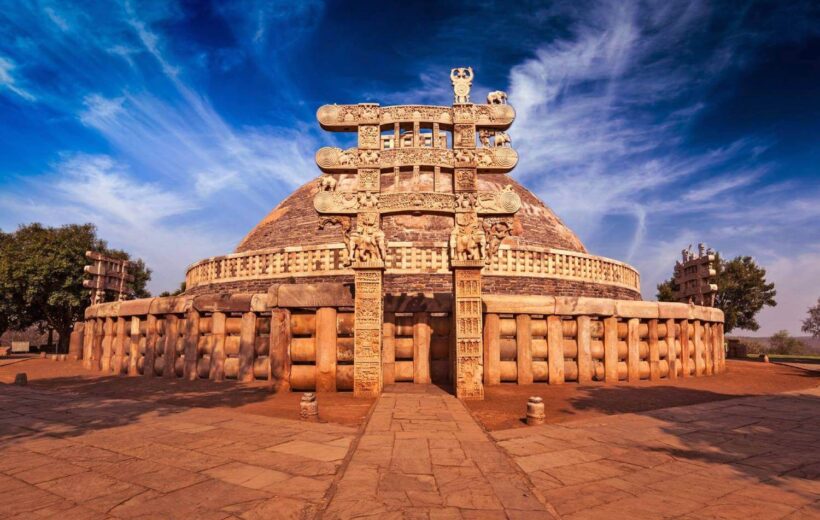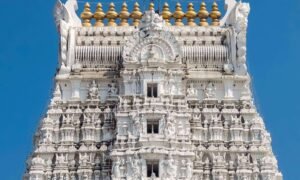Overview
Nalanda, located in the state of Bihar is a popular Buddhist tourist destination in India. Developed in 427 CE, Nalanda was established as Nalanda Mahavira and was an important center for the spread and dissemination of knowledge about Buddhism. It housed students from Eastern as well as Central Asia and is acknowledged as the world’s first residential university. Not just Buddhism, students gathered from around the world to learn about the subjects of logics and mathematics as well, all from skilled and knowledgeable scholars of the time.
At its peak, Nalanda Mahavira had a rich repository of nine million, handwritten manuscripts containing the knowledge of Buddhism within them, stored inside a nine-storeys tall library that were among the three libraries that existed within the walls of Nalanda. It was during an invasion by the Turko-Afghan tribe led by Bakhtiyar Khilji that the majority of the priceless manuscripts were lost to the fire that was lit by the invaders, leaving the students and monks of the university to scurry for their lives with only a handful of manuscripts to take with them. These manuscripts are today at the Los Angeles County Museum of Art in the United States and the Yarlung Museum in Tibet.
Steeped in history, the Nalanda Mahavira is an archaeological site with much historical significance and has therefore been included as one of the World Heritage Sites under UNESCO, making it one of the places of interest to explore for followers of Buddhism and curious travelers alike. Although the monasteries and other structures of the university remain in ruins today, they still present to its visitors a glimpse of its glorious past, when the scholastic center was at its peak, functioning as one of the top universities in Asia to disseminate knowledge on subjects of different kinds. Nalanda Mahavira, as a university is said to have been established during the rule of the Gupta Dynasty in the 5th century CE, also flourished under King Harshavardhana of Kannauj in the 7th century, that was said to have thrived until the 9th century, before invasions from multiple kingdoms took place.
Today, what we know about the fascinating past of Nalanda Mahavira can also be attributed to the accounts of foreign travelers who visited the university while it was functioning. One such account by a Chinese pilgrim named Xuanzang who would later go on to become one of the prominent scholars of Buddhism, left an account about the time he spent teaching at Nalanda, where he described the subjects that were taught at the university as well as a general description of Nalanda. Given the history and significance of Nalanda, the university forms an important place of interest when it comes to Nalanda Tourism, forming one of the best places to visit on a Buddhist pilgrimage tour. Attracting tourists from not only the country but also abroad, Nalanda forms one of the destinations that must be added on an itinerary for Buddhist tourism in India. Nalanda Mahavira’s role in the spread of Buddhism cannot be denied. With an abundance of knowledge on the religion and contributions of handwritten manuscripts and oral lessons and debates from some of the best scholars from around the world, the university allowed a healthy environment for the nurture and spread of the religion to different parts of the world as well.

